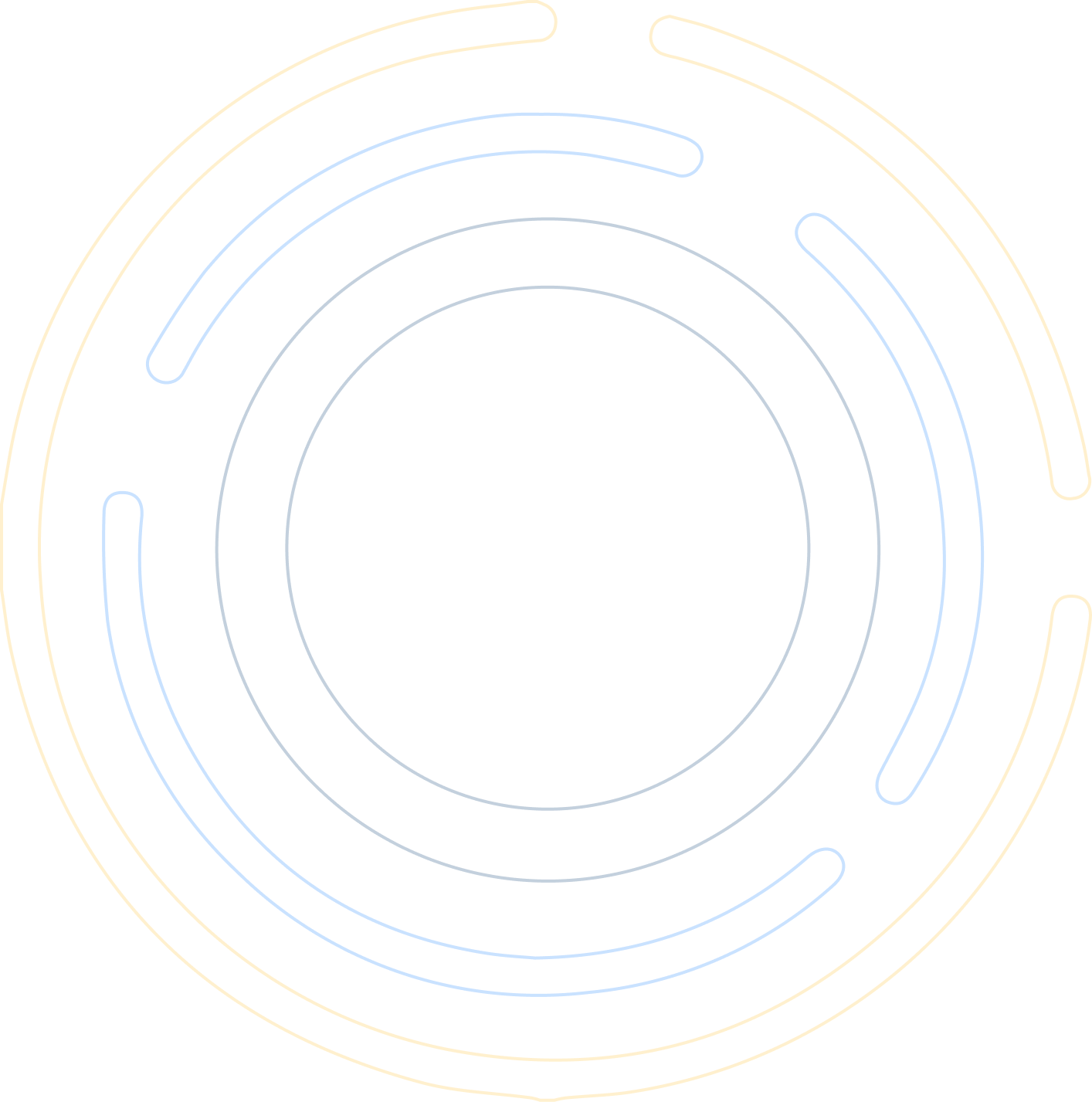Tailored
End-To-End
IT Infrastructure Solutions
We offer powerful cybersecurity solutions that safeguard digital assets, enhance resilience, and mitigate risks, providing peace of mind in a complex threat landscape.
DiscoverCutting-edge cloud solutions that optimize performance, enhance scalability, and drive innovation, empowering businesses to thrive.
DiscoverAdvanced AI solutions that drive intelligent automation, enhance decision-making, and unlock valuable insights.
DiscoverModern data center and networking solutions that enhance efficiency and connectivity, empowering businesses to excel in a fast-paced digital age.
DiscoverProvide businesses with agile, scalable, and cost-effective technology, enabling rapid innovation and seamless adaptation to changing demands.
DiscoverExperience the
Myriad360 Advantage
Discover why Myriad360 leads the industry and elevate your business with unparalleled IT solutions
We are continually vetting game-changing technologies, giving our clients access to effective, cutting-edge solutions.
Our team of engineers, architects, logistics specialists, and project managers brings deep expertise in technology.
Our technology solutions are designed for long-term success. Our team prioritizes agility, responsiveness, and your best interests.


Tailored IT Infrastructure
Services
We merge industry-specific knowledge with technical expertise to effectively address your IT needs
Maximize Your IT Potential
Experience Enhanced Efficiency and Performance with Our Customized Services

Empowering Your Business with Seamless IT Infrastructure Design and Implementation.

Empowering Your Business with Seamless IT Inventory Management Solutions.

Transform your cloud financial management with Myriad360’s comprehensive FinOps services.


Optimize Patient Care
From modernizing your infrastructure to enhancing point-of-care technology, our solutions are designed to optimize patient care and streamline healthcare delivery. Explore our free E-book guide to uncover key trends shaping the future of healthcare.









